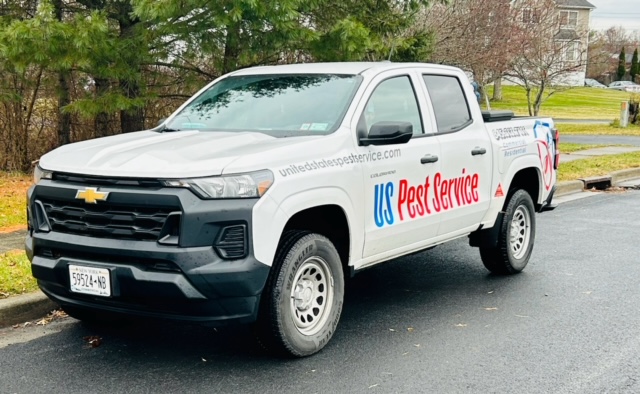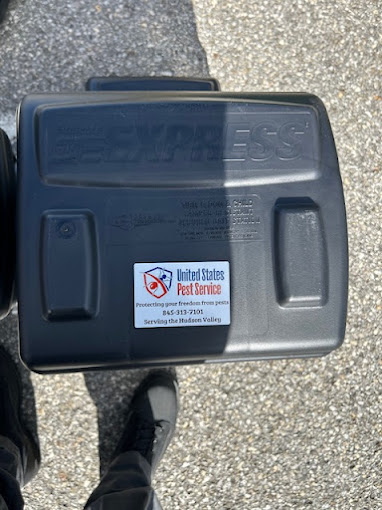Taking pest control into your own hands can seem like a good idea, until it isn’t.
It might save money and feel straightforward, but one thing that many homeowners underestimate is how smart pests can be and how large infestations can be. These mistakes can make the problem worse or lead to wasted effort.
We’ll break down the common mistakes and give tips for maximum DIY pest control effectiveness for interested homeowners.

Underestimating the Problem
One of the biggest errors is downplaying the size of the infestation. Seeing a few ants or a single mouse doesn’t mean the problem is small. Pests reproduce quickly, and what you see is often just the tip of the iceberg. More often than not, a few pest sightings are already a sign that at least one active infestation is ongoing. For ants, you could be dealing with multiple colonies without knowing.
Ignoring early signs or delaying treatment allows pests to multiply and spread. This makes removal harder and more expensive later on. Early action combined with proper techniques is crucial.
Using the Wrong Products or Methods
Not all pest control products work for every pest. Homeowners sometimes purchase sprays or traps based on convenience or price, rather than effectiveness. For example, using a general insect spray on ants won’t reach their nests, so the colony remains.
Some products also require specific application techniques or timing. Without this knowledge, treatments can fail. Overusing sprays or applying them incorrectly can also harm pets, plants, or people.
Failing to Identify the Pest Correctly
Different pests need different approaches. Treating a rodent problem like an insect problem won’t work. Misidentifying pests leads to using ineffective methods and prolongs the issue.
Proper identification helps target the source and choose the right tools. Professionals can help with this step, but homeowners should at least research or observe carefully before acting.
Ignoring Entry Points and Conditions
Treating pests without addressing how they got in is a common mistake. Sealing cracks, gaps, and holes is just as important as killing the pests you see. Otherwise, new pests will keep coming.
Similarly, not fixing moisture problems or cleaning up food sources means pests will always find reasons to return. Pest control isn’t just about pest removal. The goal is to make your home unattractive in the eyes of pests.
Pests are naturally risk-averse. So if they don’t feel like your home is worth penetrating, they won’t bother coming inside.
Overreliance on DIY Solutions
DIY methods can help with minor issues, but some infestations require professional tools and expertise. Homeowners who try to handle serious problems alone often waste time and money, and the pests persist.
Professionals use targeted treatments that reach nests and hiding spots. They also know how to avoid risks and apply solutions safely. Knowing when to call for help is part of effective pest control.
Neglecting Regular Maintenance and Monitoring
Pest control isn’t a one-time task. Many homeowners treat once and then forget about it. Without ongoing cleaning, inspections, and repairs, pests will find their way back.
Regular monitoring helps catch new activity early. Maintenance like sealing new cracks, fixing leaks, and keeping areas clean keeps pests at bay long term.
Misusing Traps and Baits
Improper placement of traps and baits reduces their effectiveness. For example, placing traps in open areas instead of along walls where pests travel means fewer catches.
Using baits without removing other food sources also lowers success. Pests prefer easy food, so if crumbs and garbage are available, they ignore the bait. Following instructions and placing traps thoughtfully is key.
Risks of Overusing Chemicals
Some homeowners apply sprays or powders excessively, thinking more is better. This can lead to health risks for family members and pets. It also doesn’t guarantee pest elimination if the root cause isn’t addressed.
Using treatments sparingly and as part of a broader plan is safer and more effective. Professionals can recommend the right balance.
The Value of Professional Pest Control
While DIY efforts can help, professional pest control offers thorough solutions. Experts assess the situation, identify pests, and apply treatments that target the source. They also provide advice on prevention and follow-up.
Hiring professionals saves time and reduces frustration. It also lowers the chance of recurring problems.
Professional pest safety standards are also much higher than what you can provide as a homeowner. They use solutions and treatments that are safe for them, you, your family, and the environment, including beneficial insects.
Building Good Habits for Pest Prevention
The best way to avoid pest problems is to keep your home clean and well-maintained. Store food properly, clean spills immediately, seal entry points, and fix leaks promptly.
Regular inspections and quick responses to signs of pests help keep infestations from developing. Combining these habits with professional support when needed creates a strong defense.
Conclusion
DIY pest control can work when done correctly, but many homeowners make mistakes that limit success. Underestimating the problem, using wrong methods, ignoring entry points, and neglecting maintenance all contribute to ongoing issues. Understanding pests and their behavior, combined with smart cleaning and sealing, helps prevent infestations. When problems get out of hand, help from pest experts is the best choice to protect your home efficiently and safely.

